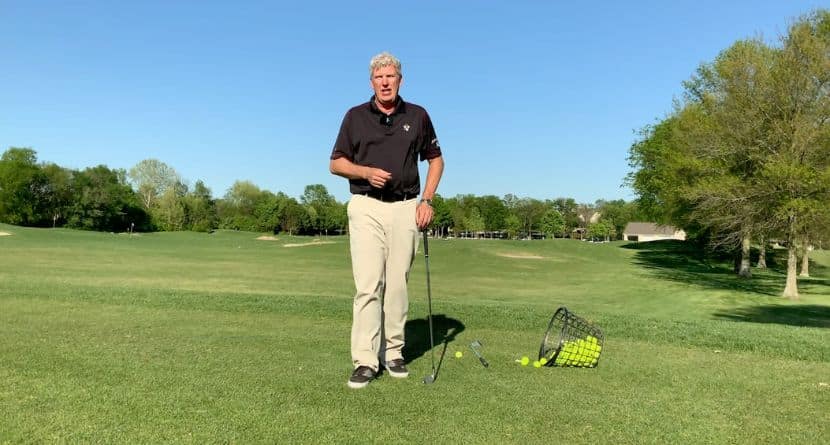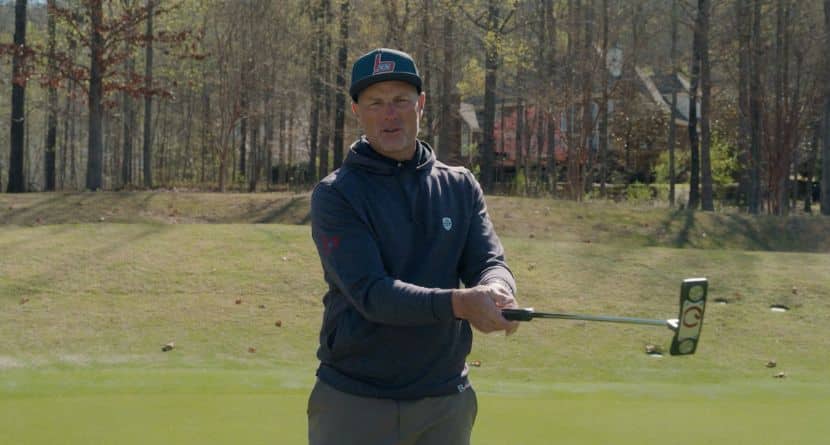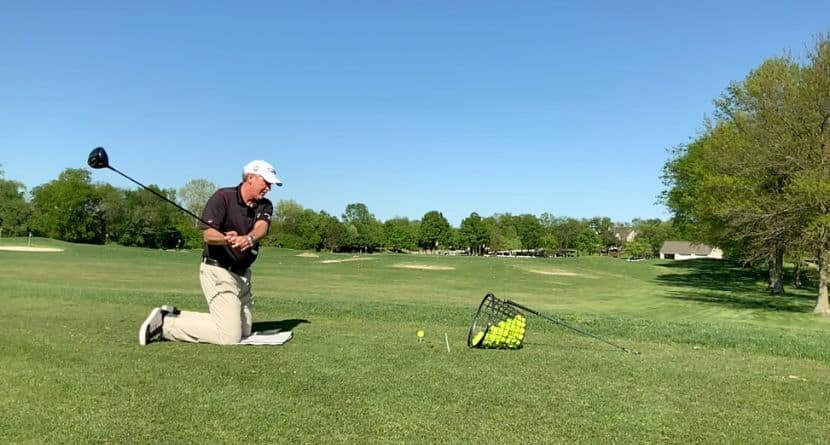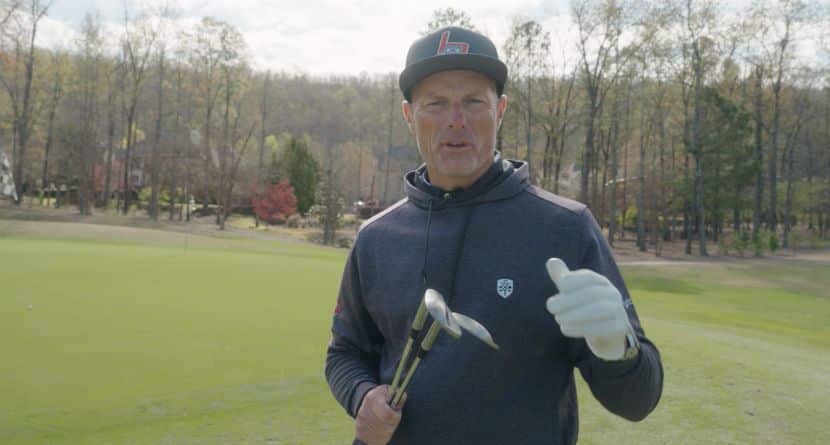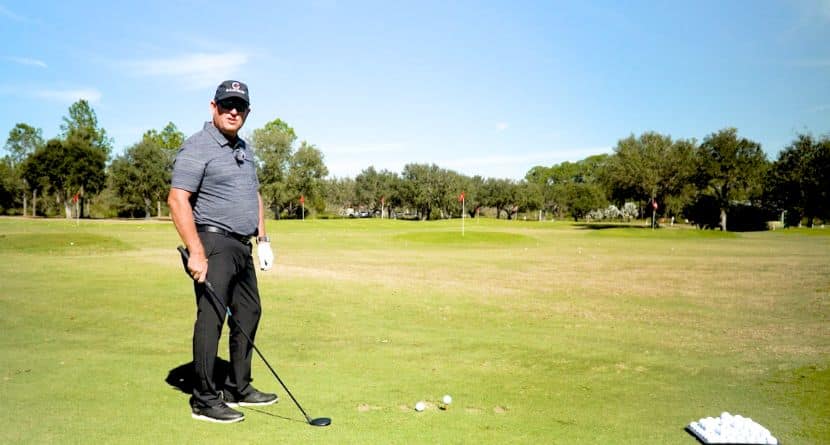Tiger Woods put his old putter back in the bag at the BMW Championship on Thursday, which seemingly simultaneously put his old game back in play as well, recording his lowest 18-hole score since 2013.
Tiger shot an opening round 62 and is tied for the lead at 8-under par. Beginning at the PGA Championship and through the FedEx Cup Playoffs, we have seen an iron game that is reminiscent of the dominant Tiger years. He has total control from the moment the club starts back all the way through his perfectly poised finish.
Tiger’s approach on the par-5 16th hole, his 7th of the day, came from 241 yards after a well-positioned tee shot. While many players in the field had a shot at reaching in two, not many ended up with a short putt for eagle!
Let’s examine how Tiger pulled off a controlled “butter cut” with a long iron and how you can start to work on working the ball on command.
The Setup
- The main goal is to start the ball left of the target (for a right-handed golfer) and have it work back right and finish on the target. We start this process by setting our feet, hips and shoulders open to the target by 5-10 yards.
- Next, set the clubface on the target, this will make the club appear more lofted — for example, a 4-iron will look to have the loft of a 5-iron. In doing this we pre-set the face of the club to be open to the path we will swing on.
- Finally, position the ball slightly forward of normal. This is done to account for the out-to-in path and swing that is above the swing plane.
The Swing
- The key focus for the swing motion is the rotation of the midsection and upper body. We want to feel like the turn is happening faster and the shoulders keep pace with the hips. If we watch Tiger’s swing in slow motion on this shot, we observe that at impact his shoulders and hips are open to the target with the clubface being open. Normally his shoulders are square to the target and hips are open.
- Another key feel for pulling this shot off is limiting the arm and hand rotation through impact. This is what the pros are rehearsing when you see them make multiple practice swings. Feeling the knuckles of the lead hand pointing towards the sky with limited forearm rotation is the goal.
- Finally, finishing with the hands high above your head will help the hold-off motion but allows you to keep the club accelerating through impact.
NOTE: Many amateurs have success working on the fade swing when they feel the knuckles of the lead hand are up at impact and into the finish along with the lead elbow pointing towards the target longer than normal.


